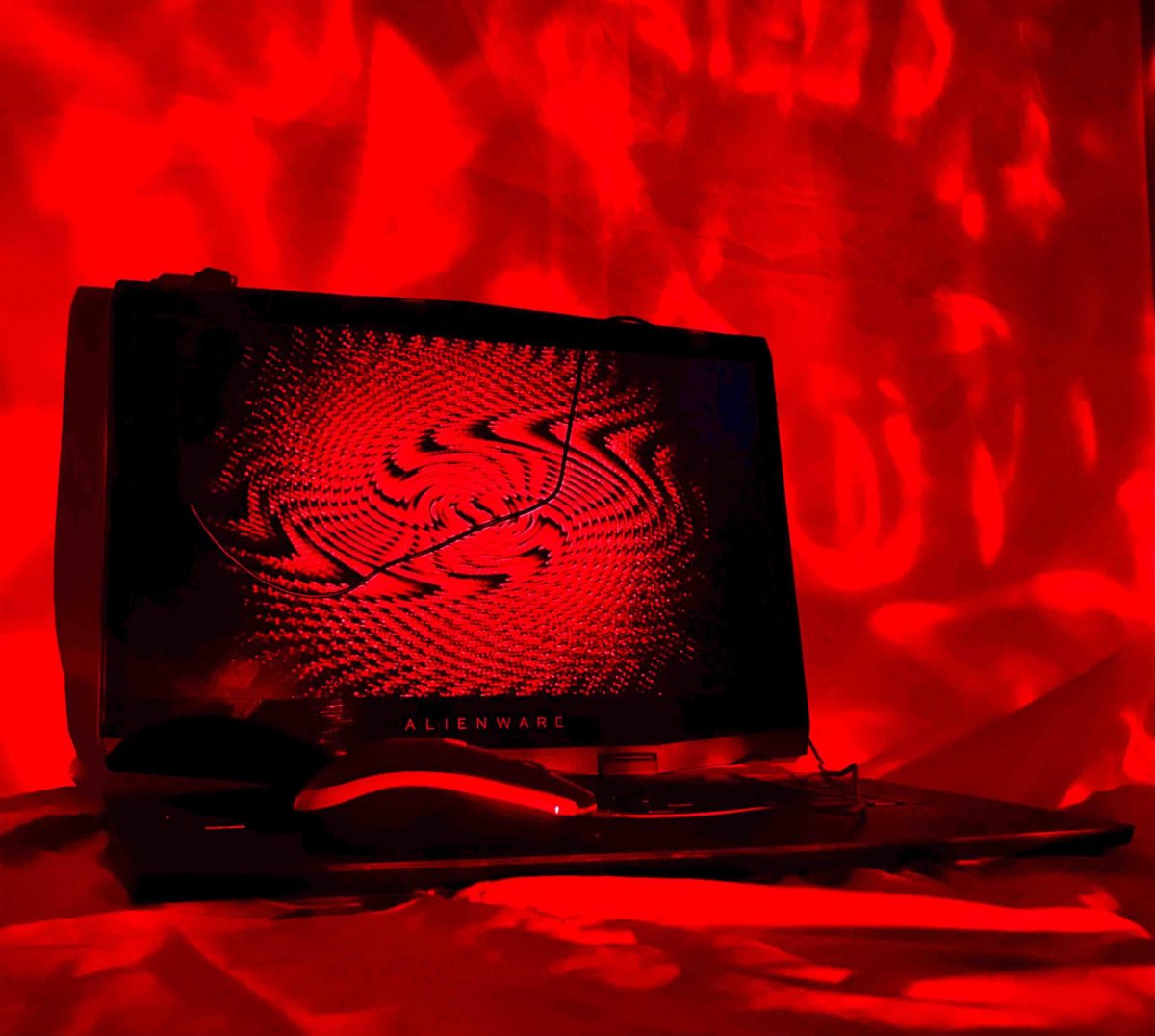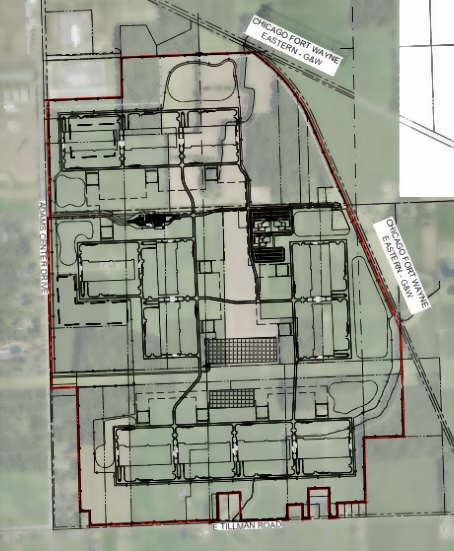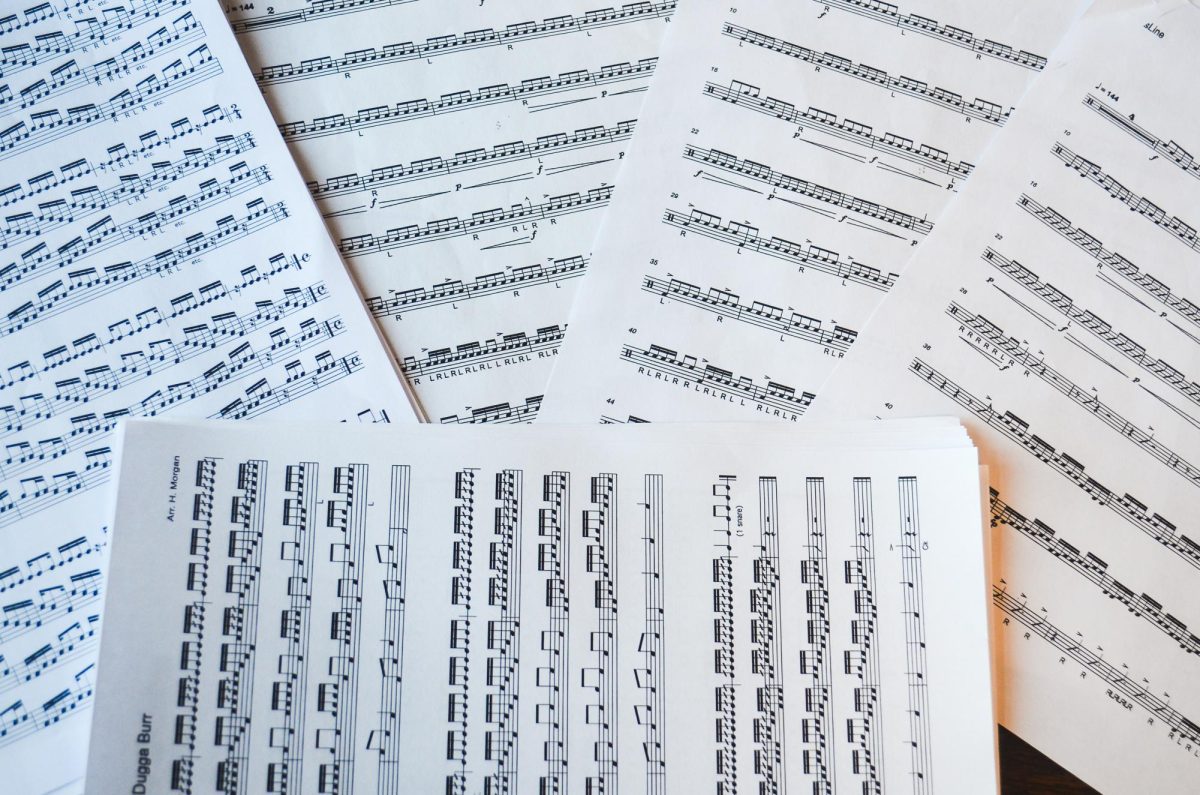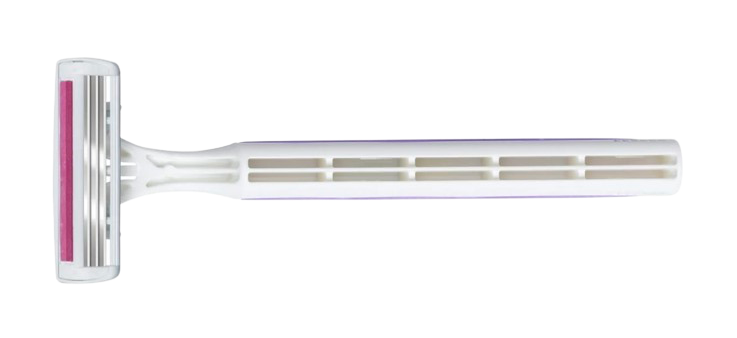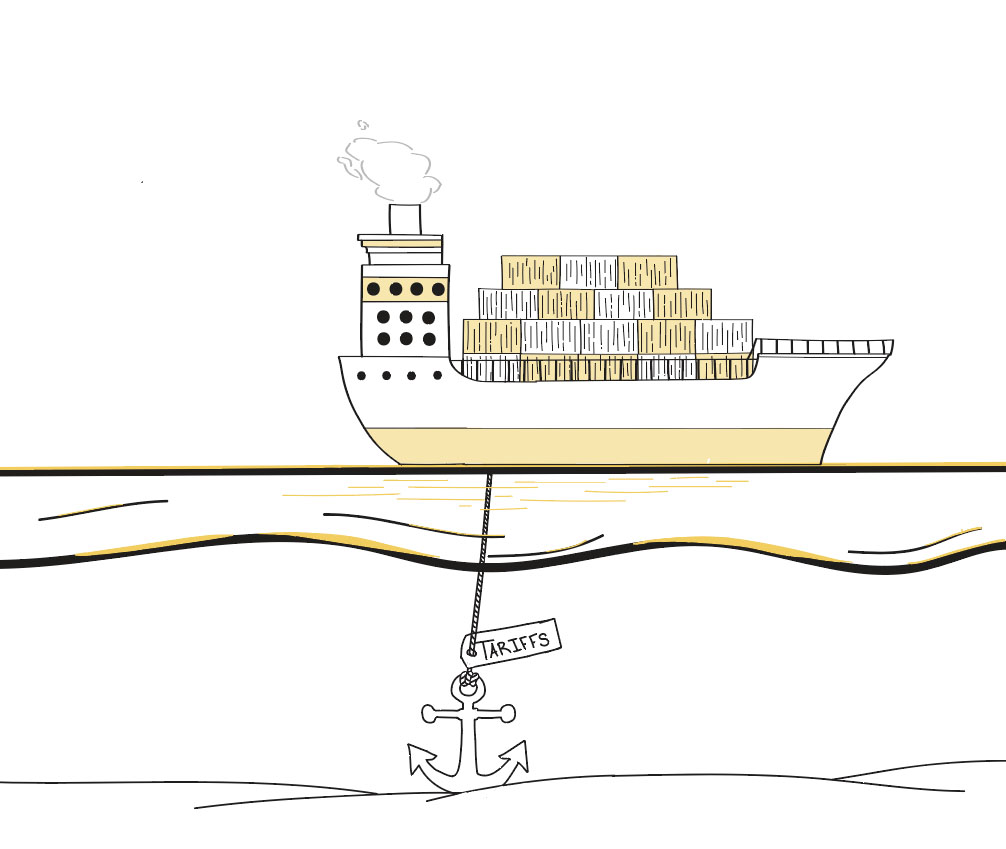There’s a chance that this article won’t pass the Noblesville High School’s web filtering policy. How is this possible? It avoids vulgarities, and is related to education— with these interests in sight, all should be clean. Providing examples of the items that students have been unable to search for is cutting it close — When the honor roll can’t observe their “cum laude” distinctions, and art students are unable to find references of something as simple as a ball, there becomes a need to investigate. Is it morally in tune to suggest that there will always be someone using the web to search out inappropriate content– Or, could there be a different path?
With student IPads being used constantly, and work that was once on paper being handed to the web, the responsibility of filtering technology falls into the hands of the Noblesville Department of Technology. Beyond the basic hardware issues is a team responsible for the maintenance of Noblesville School’s web filtration system.
“[O]ur technology team works with our web filter provider to update the database regularly”, said Executive Director Of Technology, Andrew Swickheimer. He was quick to mention how “content on the web is constantly changing,” and he says the department has been taking measures to maintain an appropriate web browsing experience for students throughout Noblesville.
One of the main focuses of the filtering system is the ability to have a simple and effective way for staff to be able to whitelist, or remove the restrictions on, certain websites.
“We typically whitelist Educational and Research Sites upon request,” said Swickheimer. “Over time, the database has become better at allowing educational content.”
But there are still better ways that the filtering system can be changed and shifted to better suit the educational needs of students and staff that the current system simply doesn’t touch upon. Based on information from the FCC guide to the Children’s Internet Safety Act, (CIPA), “The protection measures must block or filter Internet access to pictures that are: (a) obscene; (b) child pornography; or (c) harmful to minors (for computers that are accessed by minors)”, but does not define what may necessarily fall under categories A and C. A similar issue can be found in the 2013 Children’s Online Privacy Protection Act (COPPA), which left the meaning of “obscenity” in the eyes of whoever designed a filtration system, but the true definition inaccessible to anyone without the desire to scour through federal registers.
It can often seem like these regulations are held above the heads of students, but in this back-and-forth discussion of web freedoms, Swickheimer says that the Technology Department stands for the right to access educational materials.
“[F]iltering systems sometimes overblock legitimate content, including educational materials and extracurricular resources”, said Swickheimer.
He admitted to the current systematic flaws, and his desire to resolve them. “[…]we may need to refine our filtering settings or establish a more precise process for reviewing and unblocking appropriate sites while maintaining compliance with state and federal regulations.”
If the line between what is and isn’t considered appropriate for students remains this blurry, there may never be a pathway to growth. Schools may hesitate to adjust their policies in fear of overstepping legal boundaries, even when it may be of benefit to their students. With the constant expansion of the web, there is no way for a human being to certify each website and make sure that it’s free of obscenity– but when the 10,000 Noblesville Schools students band together, digital freedom might not be so much of a fantasy. Speak up, and speak out. With enough users to defend the difference between content and context– the internet will be at the fingertips of students forever.



